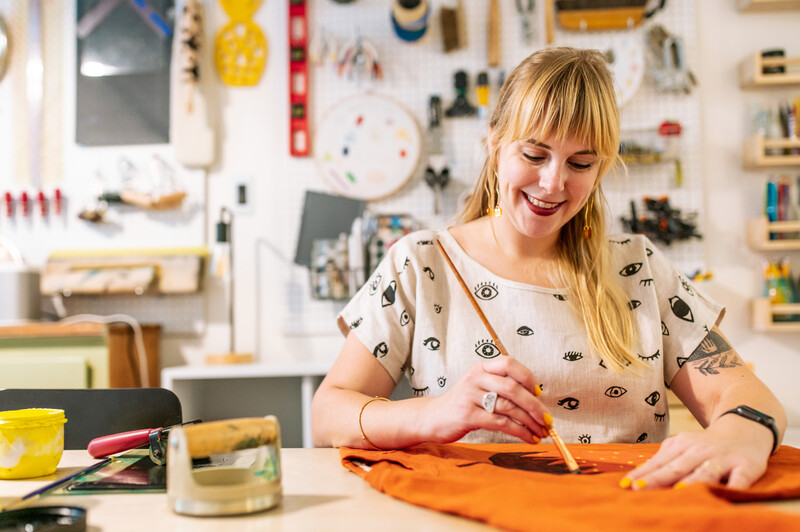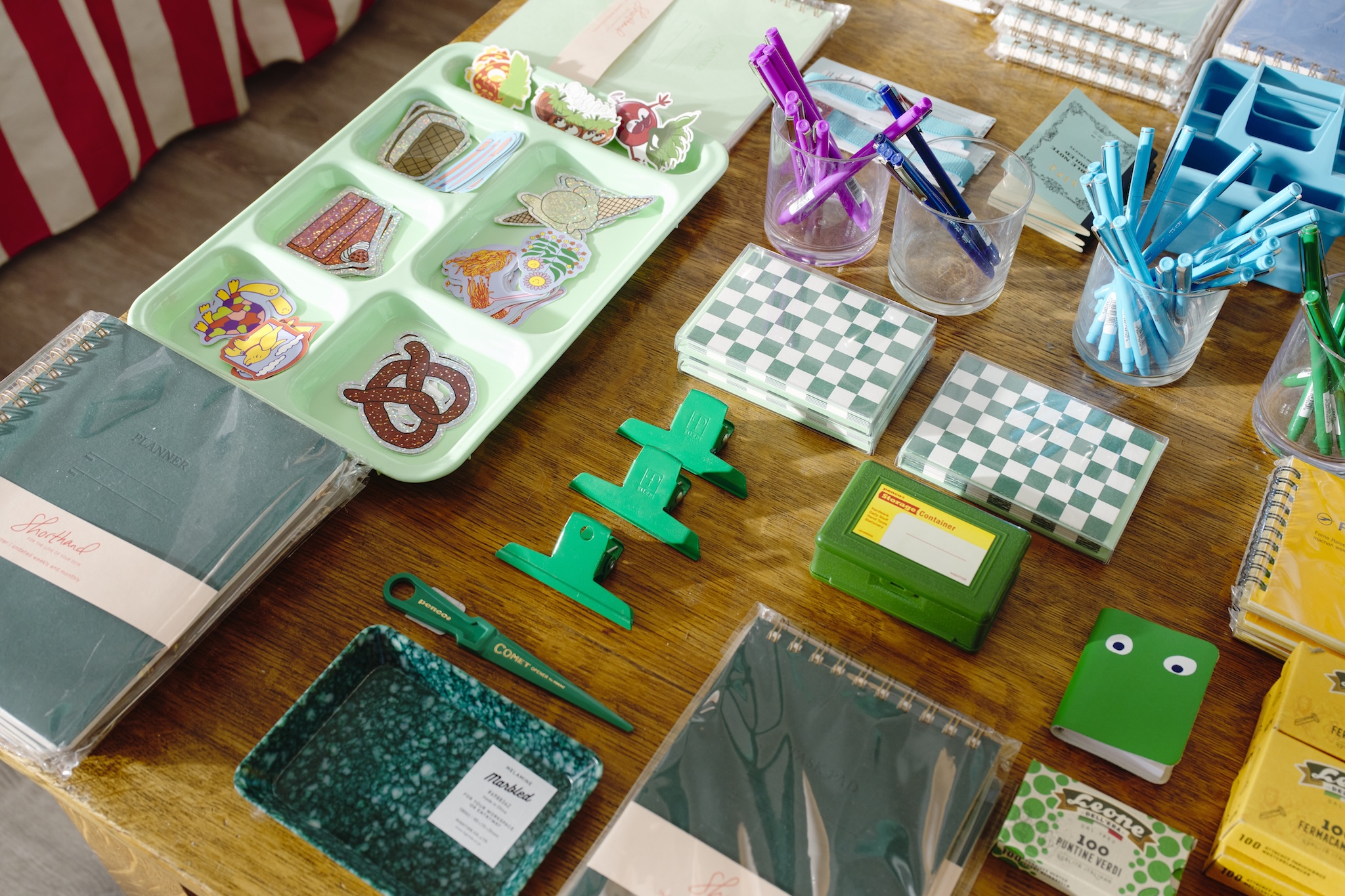

Do you have a line of high-quality products that you want to sell in retail stores? You’ve come to the right place! Whether you’re just starting your brand or already running a direct-to-consumer business, there are plenty of reasons to take the leap into wholesale. You’ll have an opportunity to build relationships with independent retailers in communities around the world, get your products into the hands of more shoppers, and grow your revenue.
Starting a wholesale business may feel overwhelming at first, so we’re here to help you learn the ropes! We’re excited to kick off a new series on the basics of wholesale. In this first installment, we’re covering three important topics: pricing, case sizes, and order minimums.
Pricing
When you’re selling wholesale, you’ll need two price points for each of your products: a retail price and a wholesale price.
The retail price, or manufacturer’s suggested retail price (MSRP), is the price that a consumer will pay for the item, and it’s inclusive of retail markup. You also need to establish a wholesale price for each product. This is the cost that a retailer will pay per unit to stock their store.
So, how should you think about prices? Your wholesale prices should account for the cost of your materials, labor, and the margin of profit you need to make per product. Your retail prices need to account for your target consumer, as well as the profit a retailer needs to make per product.
The standard way to price for wholesale is called keystone pricing. This pricing model sets the wholesale price of a product at 50% of the retail price. When you set your pricing, consider the following:
- Who is your target consumer? Is the ideal buyer of your product spending disposable income, or shopping on a budget? Are they buying gifts or shopping for themselves? Do they live in small towns or metropolitan cities?
- What do similar brands charge for similar products? Do some research to understand what your target audience is currently paying for comparable products.
- What are your brand’s values? If you’re focused on eco-friendly materials or paying employees a living wage, you may have more overhead costs—but, your target customers may ultimately be willing to pay more because they’re aligned with your values. Your ideal customer’s price point may inform the materials and methods you use, or vice versa.
Pro tip: If you currently run a direct-to-consumer (DTC) business and you’re new to wholesale, charging 50% of a product’s retail price might seem impossible. It’s important to remember that wholesale is a completely different business model. Instead of selling individual units of your products, you’ll sell by the case—which we cover below.
Case sizes
A case size—sometimes called minimum order quantity (MOQ)—is the fewest number of a given product that you’ll sell. Retailers will need to purchase in multiples of the case size you choose.
Here’s an example. You sell hand-poured candles. You’ve decided they’ll retail for $10 each, so they’ll wholesale for $5 per unit. Now, you decide on case sizes of six. That means you’ll sell a case of six candles—which will each retail individually—for $30. If a retailer wants more than one case, they’ll need to buy in multiples of six: 12, 18, and so on.
One way to choose a case size is by considering how you ship or receive inventory. For example, if the mason jars you order to make candles arrive in packages of eight, you may want to set your wholesale cases at the same size.
Pro tip: When possible, we recommend keeping case sizes fewer than 10 so retailers of all sizes will find your line accessible.
Order minimums
Now that you’ve set case sizes, it’s time to set order minimums. An order minimum is the amount of money that a retailer must spend in order to purchase your line. Let’s use our example of $30 case sizes above. You decide that you’ll need to sell at least five cases of candles in any given order. That means your order minimum will be $150.
You can also set a different order minimum for first time buyers and repeat buyers if you choose. If you want to reward returning customers, you can set your minimum for reorders lower than for opening orders.
Pro tip: Again, consider keeping your order minimums on the lower end to encourage retailers to order. We recommend order minimums of $250 or less. If you’re okay with receiving small orders, you can even waive an order minimum to reduce any barrier to sales.
We’re excited to continue sharing the basics of wholesale here on the Faire Learning Hub. Keep an eye out for future installments on best photography practices, ways to acquire retail customers, and sales strategies.




